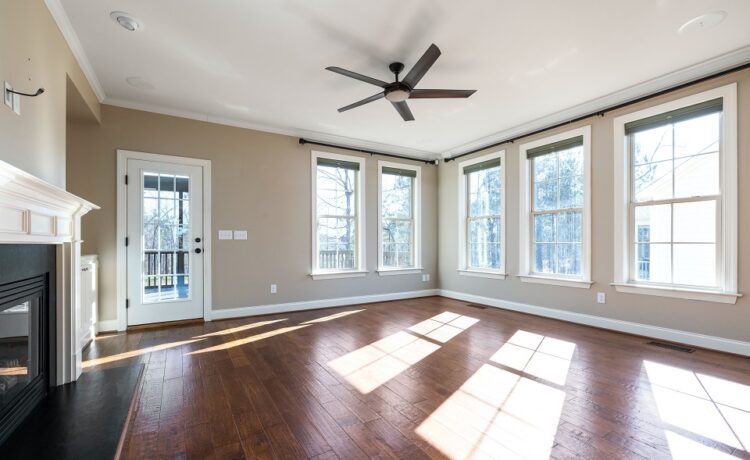At first glance and to the touch, engineered hardwood flooring looks just like solid wood floors. Most come prefinished with a factory-applied durable coating. Engineered wood floors are also more resistant to temperature and humidity changes, which makes them a better choice for basements or over-radiant heat applications. They can also be sanded and refinished several times, but not as many times as solid hardwood floors.
It’s Not Affordable
Engineered hardwood is one of the more affordable wood flooring options, especially when compared to solid wood. It is because they use less wood for each plank, and they can often be cut using a guillotine-style cutter, which lowers labor costs. It’s also important to note that not all engineered hardwood is created equal. Get a high-quality product from Soen Hardwood if you want your flooring to last. Low-quality plywood, softwood or even MDF cores can lead to premature wear and tear and leave you with a floor that looks dated in no time. The key to long-lasting engineered hardwood is the plies of more dimensionally stable wood that are adhered below the laminate layer. These plies help prevent excessive expansion and contraction from normal environmental changes, which would otherwise cause warping and buckling. It is what makes them so much more durable than solid wood floors.
It’s Not Real, Wood
Engineered wood floors may look similar to traditional hardwood but differ. Unlike solid hardwood, engineered wood planks are not made of one piece of wood but rather several layers of plywood and other wood-derived materials. It means that the lower multiple layers of engineered wood flooring don’t have to be made from real timber and thus help conserve natural resources. On top of this, engineered flooring isn’t prone to moisture problems that can plague solid hardwood, making it much more stable and durable. It makes it an ideal choice for areas of the home susceptible to dampness, like basements, and can even be used over radiant heating. With this being said, however, it is important to note that engineered flooring can still experience squeaking and cracking of the urethane finish over time if not properly cared for. It’s also not as environmentally friendly as solid hardwood, and the adhesives used in engineered wood can emit harmful toxins into the air over time.
It’s Not Stable
Solid wood planks are susceptible to swelling, shrinking and warping as they adapt to environmental changes like temperature and humidity. It can be problematic, especially if they go from a heated sales floor to a moist warehouse and then directly to a cold delivery truck. Engineered hardwood has a base of plywood and a top layer of solid wood, making it much more stable.
Additionally, engineered wood floors are more eco-friendly, using less solid wood and recycled material in manufacturing. They also require less maintenance, are a great thermal insulator and can be sanded and refinished multiple times. Solid wood is not recommended if you have below-ground rooms or concrete subfloors (like in basement installations), as it can easily warp in these conditions. Likewise, we do not recommend installing solid wood in bathrooms or laundry rooms, as constant exposure to water and moisture can cause damage.
It’s Not Durable
Engineered wood floors offer a wide range of options as durable and versatile as solid hardwood flooring. They can withstand the harshest conditions and are more resistant to humidity and temperature changes, making them perfect for kitchens, bathrooms, or finished basements. This versatility allows you to select from a wider range of wood species and finishes.
Additionally, because engineered wood has a layer of real hardwood on top, it can be sanded and refinished multiple times, which protects the floor and gives you a classic and timeless look. It is a major advantage compared to laminate which cannot be refinished. Refinishing your floor is one of the best ways to add value to your home and will last for decades when done properly.






